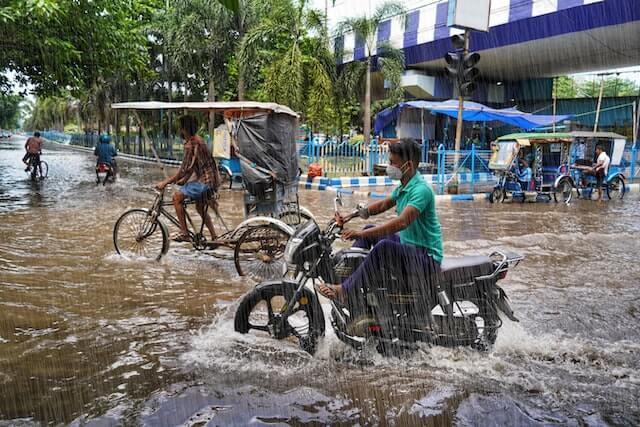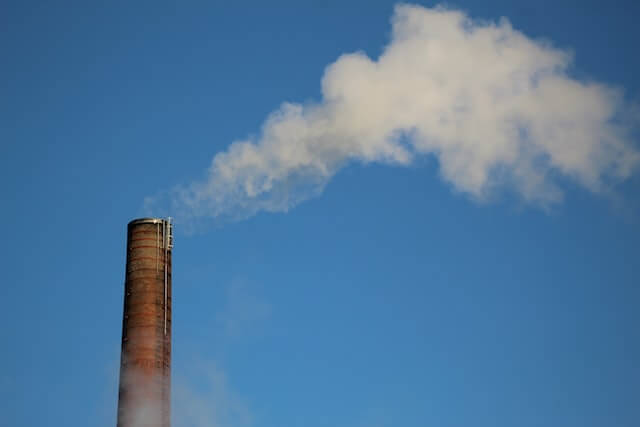Resources > Our Business
1.5°C vs. 2°C: How a degree can make all the difference
The goal of limiting global warming to 1.5 degrees Celsius above pre-industrial levels was first proposed in the Paris Agreement, a global climate change accord adopted by the United Nations Framework Convention on Climate Change (UNFCCC) in December 2015. This target was proposed to limit the most severe impacts of climate change and increase the chances of avoiding the most catastrophic consequences of global warming.
Why 1.5°C?
The 1.5 degrees Celsius target was chosen based on the recommendations of the Intergovernmental Panel on Climate Change (IPCC), a body of scientists and experts established by the United Nations to provide objective and scientific advice on climate change. The IPCC’s Fifth Assessment Report, published in 2014, found that global warming of 2 degrees Celsius above pre-industrial levels would lead to more severe impacts than warming of 1.5 degrees Celsius, such as the increased risk of extreme heat, more intense storms and rising sea levels that would lead to more displacement of people and loss of biodiversity.
Where do we stand right now?
According to the IPCC, in the decade 2006-2015, warming reached 0.87°C (±0.12°C) relative to 1850-1900, primarily due to human activity increasing the amount of greenhouse gases in the atmosphere. Human activities are estimated to have caused approximately 1.0°C of global warming above pre-industrial levels, with a likely range of 0.8°C to 1.2°C. If current warming trends continue, global warming is likely to reach 1.5°C between 2030 and 2052.
1.5°C vs. 2°C
The same intergovernmental body released a Special Report in 2018 on Global Warming of 1.5 Degrees Celsius that examined the effects of keeping the global average temperature rise below 2 degrees Celsius (3.6 degrees Fahrenheit) compared to pre-industrial levels. The report also projected the potential impacts on Earth for 1.5 degrees Celsius (2.7 degrees Fahrenheit) and 2 degrees Celsius warming.
According to the report, limiting global warming to 1.5°C instead of 2°C could result in around 420 million fewer people being frequently exposed to extreme heatwaves and about 65 million fewer people being exposed to exceptional heatwaves. Additionally, at 1.5 degrees Celsius warming, it is likely that there would be fewer species loss and extinctions than if the temperature rises to 2 degrees Celsius.
Furthermore, the report found that between 184 and 270 million fewer people are projected to be exposed to increases in water scarcity in 2050 at about 1.5 degrees Celsius than at 2 degrees warming. Additionally, 10.4 million more people would be exposed to sea-level rise at 2°C compared with 1.5°C in 2100.

The report also highlighted that populations at disproportionately higher risk of adverse consequences with global warming of 1.5°C and beyond include disadvantaged and vulnerable populations, some indigenous peoples, and local communities dependent on agricultural or coastal livelihoods. The largest reductions in economic growth at 2°C compared to 1.5°C of warming are projected for low- and middle-income countries and regions.
Based on the available data, it is clear that limiting global warming to 1.5 degrees Celsius is crucial. To achieve this goal, it is necessary to take immediate and decisive action to reduce CO2 emissions.
Can we limit warming to the crucial threshold of 1.5°C?
According to IPCC, limiting warming to this crucial threshold requires global greenhouse gas emissions to peak by 2025 and be reduced by 43% by 2030. At the same time, methane emissions will also need to be reduced by about a third.
While it is almost inevitable that we will temporarily exceed this temperature threshold, the report states that it is possible to return below it by the end of the century. This can be achieved by reaching net zero carbon dioxide emissions globally in the early 2050s.
The World Resources Institute (WRI) concurs with the IPCC in this interpretation of the data and explains that in order to prevent global warming from surpassing 1.5°C, the world will need to reduce its annual emissions to 25-30 GtCO2e on average in 2030.
The world is currently on track to emit more than double this amount by 2030 (52-58 GtCO2e). Limiting warming to 1.5°C would require reducing annual emissions by about 40-50 percent below 2010 levels in 2030. Carbon dioxide emissions will need to reach net zero around 2050 to limit warming to 1.5°C.

Tackling Emissions in Key Industries
Achieving the goal of limiting global warming to 1.5°C necessitates a comprehensive restructuring of nearly every aspect of our systems and infrastructure, including the methods by which we generate energy, construct urban areas, sustain food production, and utilize land resources. At the forefront of this effort is the need to address the major contributors of greenhouse gas emissions across various sectors, including power, building, industry, transport, forest and land, food and agriculture, and technological carbon removal.
As part of our ongoing efforts to support the fight against climate change, Net Zero will publish a comprehensive blog article next week, focusing on the key sectors and industries that are major contributors to greenhouse gas emissions. This article will provide a detailed examination of each sector and industry, and by utilizing the insights provided by the WIR report, highlight the specific actions that need to be taken in order to curb emissions and help to limit global warming to 1.5°C.



